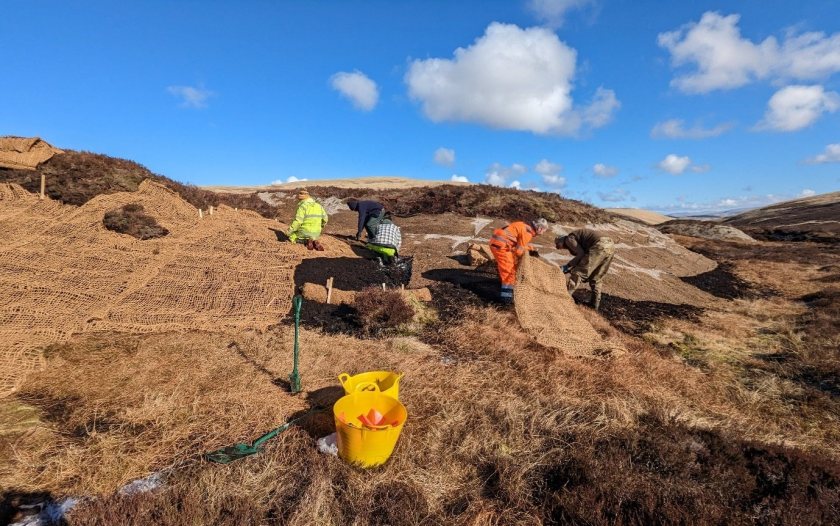
One of Scotland's largest landowners has announced that it will undertake the restoration of peatlands across its portfolio.
Buccleuch Estates, working with the Crichton Carbon Centre, have undertaken an intensive exercise to map areas of potential deep peat on estates in the south of Scotland.
The report by the centre, a not-for-profit organisation specialising in peatland restoration, has identified 28 sites on the estates where peatland can be restored.
This is in addition to more than 150 hectares of peatland that has already been restored across two sites in the Scottish Borders.
In Scotland, it is estimated that peatland covers 20% of the land, but around 80% of this is degraded.
The partnership is part of ongoing efforts by Buccleuch to slash its footprint and ensure its business remains sustainable into the future.
Adrian Dolby, head of agriculture at Buccleuch, said the estate was 'very pleased' to be moving forward with their ambition to restore peatlands.
"In the last few years, peatland and its environmental importance has moved beyond a discussion between land managers and scientists and gained greater prominence with the public," he said.
"We also, however, face a situation where historic degradation must be addressed before the full positive impact of peatland restoration can be realised.
“Buccleuch has an understanding of the effort required to restore and manage peatland, and we take our environmental responsibilities into account in our wider land use discussions ensuring we make the right decisions for future generations.”
Dr Emily Taylor, general manager at the Crichton Carbon Centre, said Buccleuch was taking its environmental commitment 'seriously'.
“Working in partnership, we have been able to find the right solutions for the areas restored," Dr Taylor explained.
"The next few years will certainly be busy, but we have already seen change in the areas we have worked on, which is incredibly exciting for the future of the environment and biodiversity.”
Earlier this year, Buccleuch Estates concluded the sale of 11,390 acres of Langholm Moor, known as Blackburn and Hartsgarth, to Oxygen Conservation.
